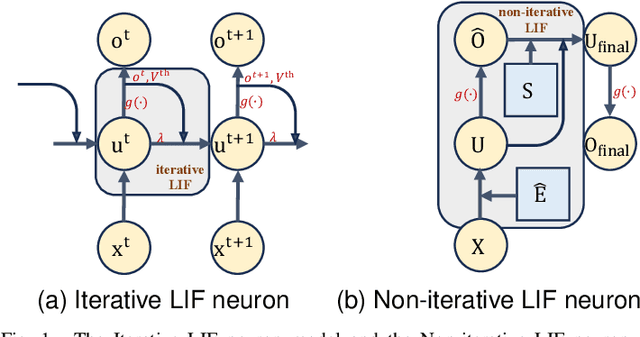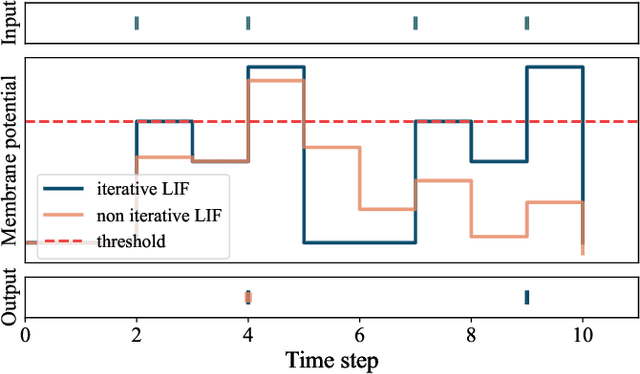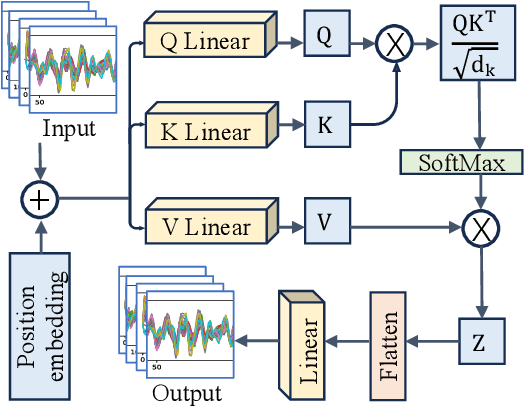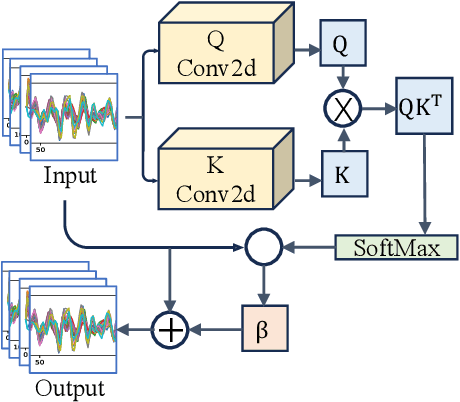NiSNN-A: Non-iterative Spiking Neural Networks with Attention with Application to Motor Imagery EEG Classification
Paper and Code
Dec 09, 2023



Motor imagery, an important category in electroencephalogram (EEG) research, often intersects with scenarios demanding low energy consumption, such as portable medical devices and isolated environment operations. Traditional deep learning algorithms, despite their effectiveness, are characterized by significant computational demands accompanied by high energy usage. As an alternative, spiking neural networks (SNNs), inspired by the biological functions of the brain, emerge as a promising energy-efficient solution. However, SNNs typically exhibit lower accuracy than their counterpart convolutional neural networks (CNNs). Although attention mechanisms successfully increase network accuracy by focusing on relevant features, their integration in the SNN framework remains an open question. In this work, we combine the SNN and the attention mechanisms for the EEG classification, aiming to improve precision and reduce energy consumption. To this end, we first propose a Non-iterative Leaky Integrate-and-Fire (LIF) neuron model, overcoming the gradient issues in the traditional SNNs using the Iterative LIF neurons. Then, we introduce the sequence-based attention mechanisms to refine the feature map. We evaluated the proposed Non-iterative SNN with Attention (NiSNN-A) model on OpenBMI, a large-scale motor imagery dataset. Experiment results demonstrate that 1) our model outperforms other SNN models by achieving higher accuracy, 2) our model increases energy efficiency compared to the counterpart CNN models (i.e., by 2.27 times) while maintaining comparable accuracy.
 Add to Chrome
Add to Chrome Add to Firefox
Add to Firefox Add to Edge
Add to Edge